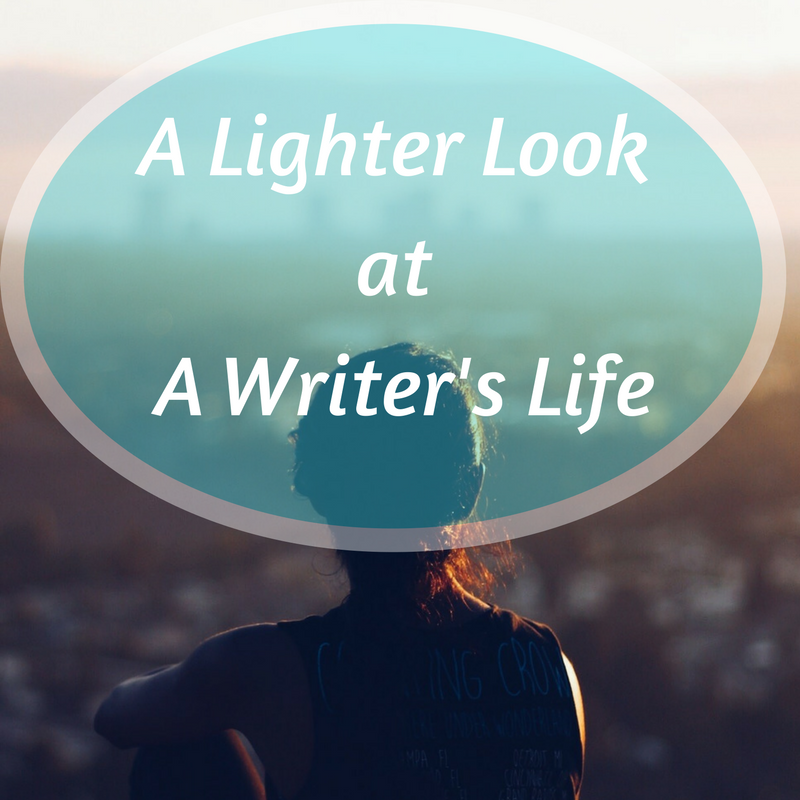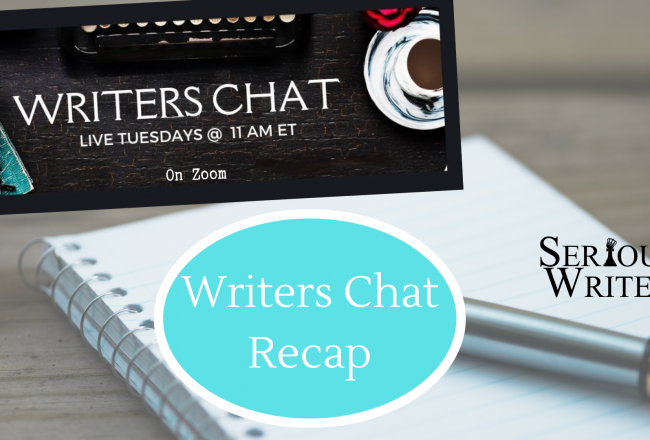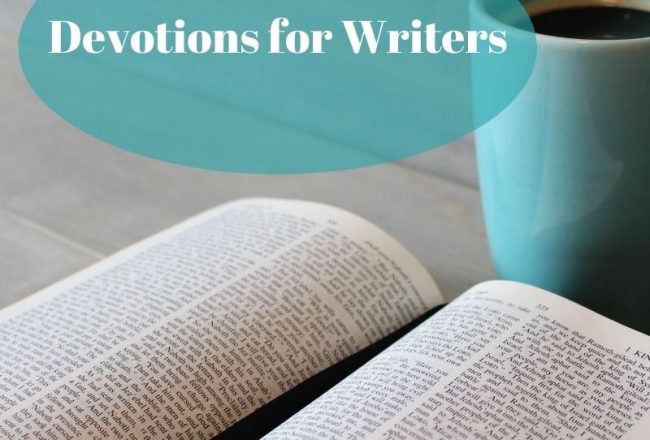
Tips for Catching & Storing Writing Ideas
As a writer, I’ve come to realize the value—and the elusiveness—of writing ideas. They come and go like beautiful…
November 4, 2015
As a writer, I’ve come to realize the value—and the elusiveness—of writing ideas. They come and go like beautiful…
November 4, 2015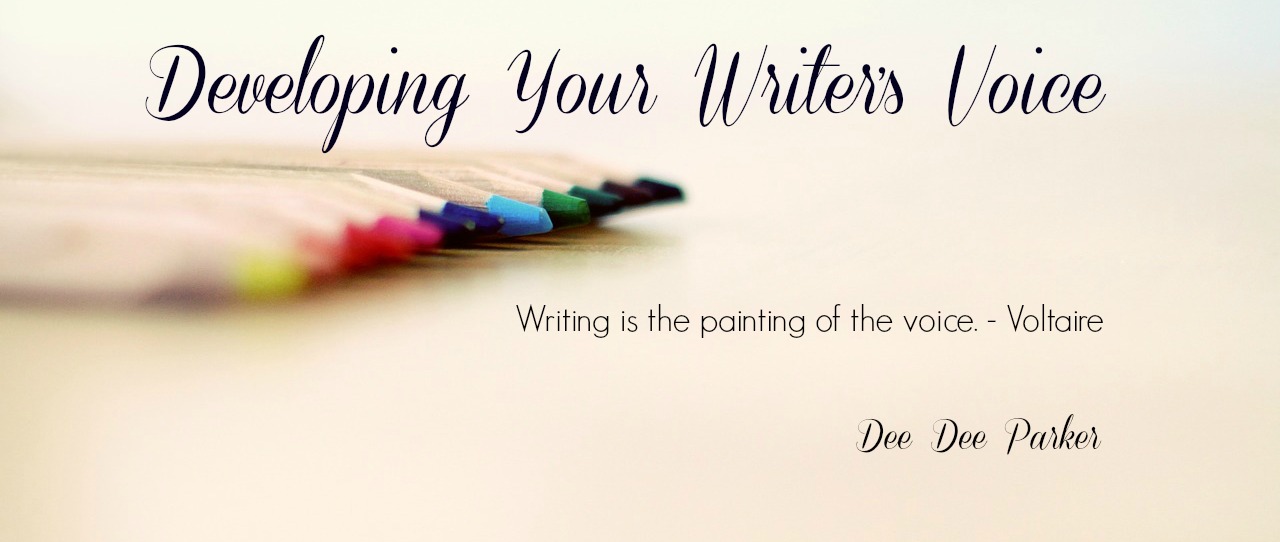
Is it possible for a dinosaur of technology to help define your writer’s voice? I say yes and say…
November 3, 2015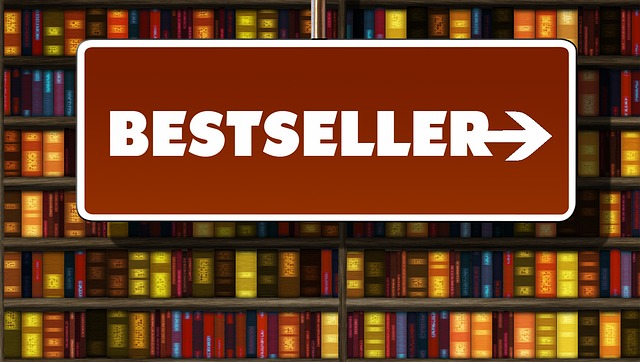
[author title=”Cecil Murphey” image=”https://www.almostanauthor.com/wp-content/uploads/2015/10/Cecil-Murphey.jpg”] Veteran author Cecil (Cec) Murphey has written or co-written more than 135 books, including the New…
November 2, 2015
[bctt tweet=”5 Ways #TeenWriters Can Gain Experience & Increase Chances of Publication @tessaemilyhall #amwriting”] A degree in creative writing…
November 2, 2015
There it was—the flat tire we dreaded finding. After discovering it flat twice that week, the expected deflation was…
November 1, 2015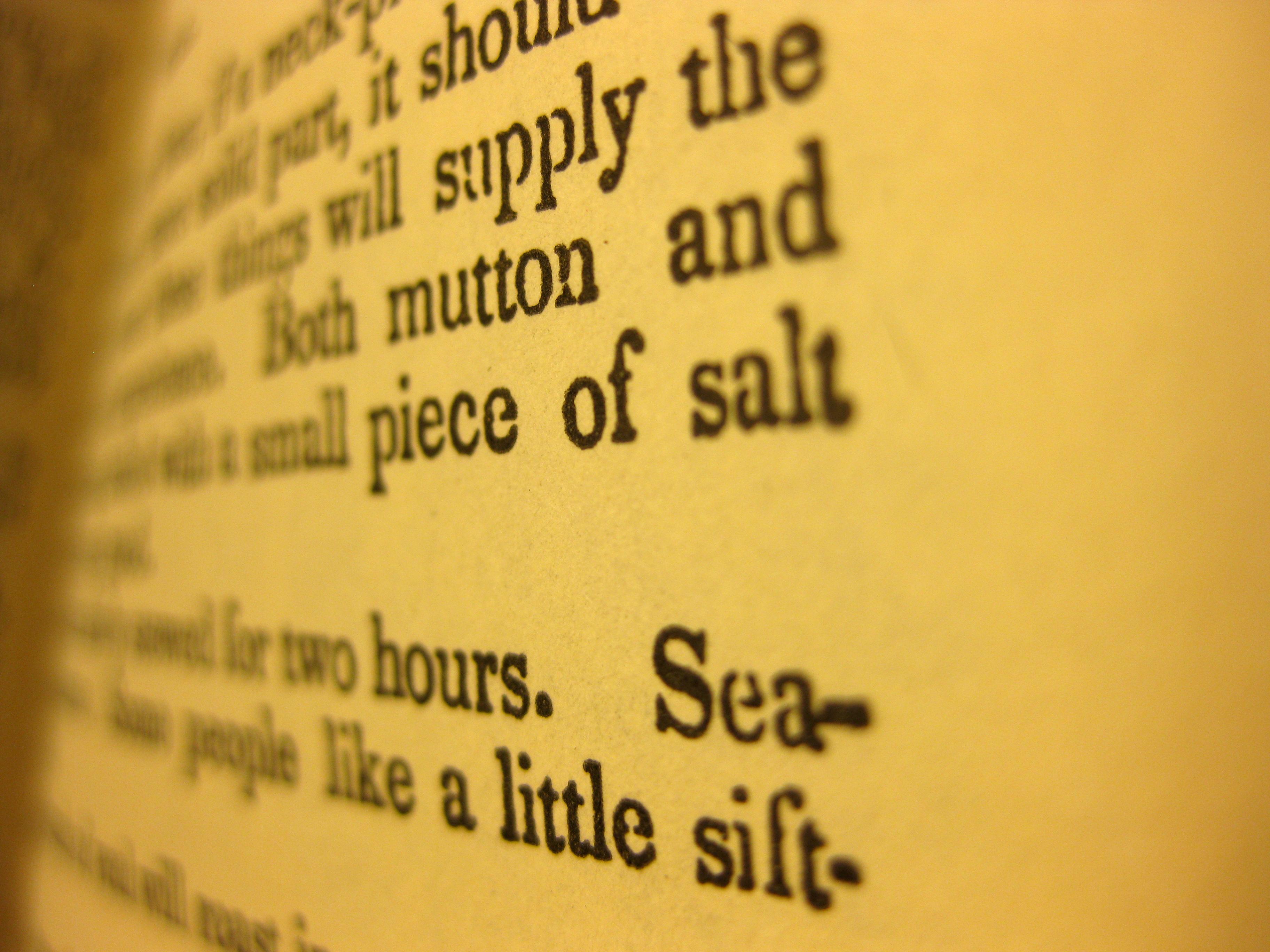
Pope Francis has taken America by storm! Whenever a country receives a papal visit you expect teeming crowds of…
October 31, 2015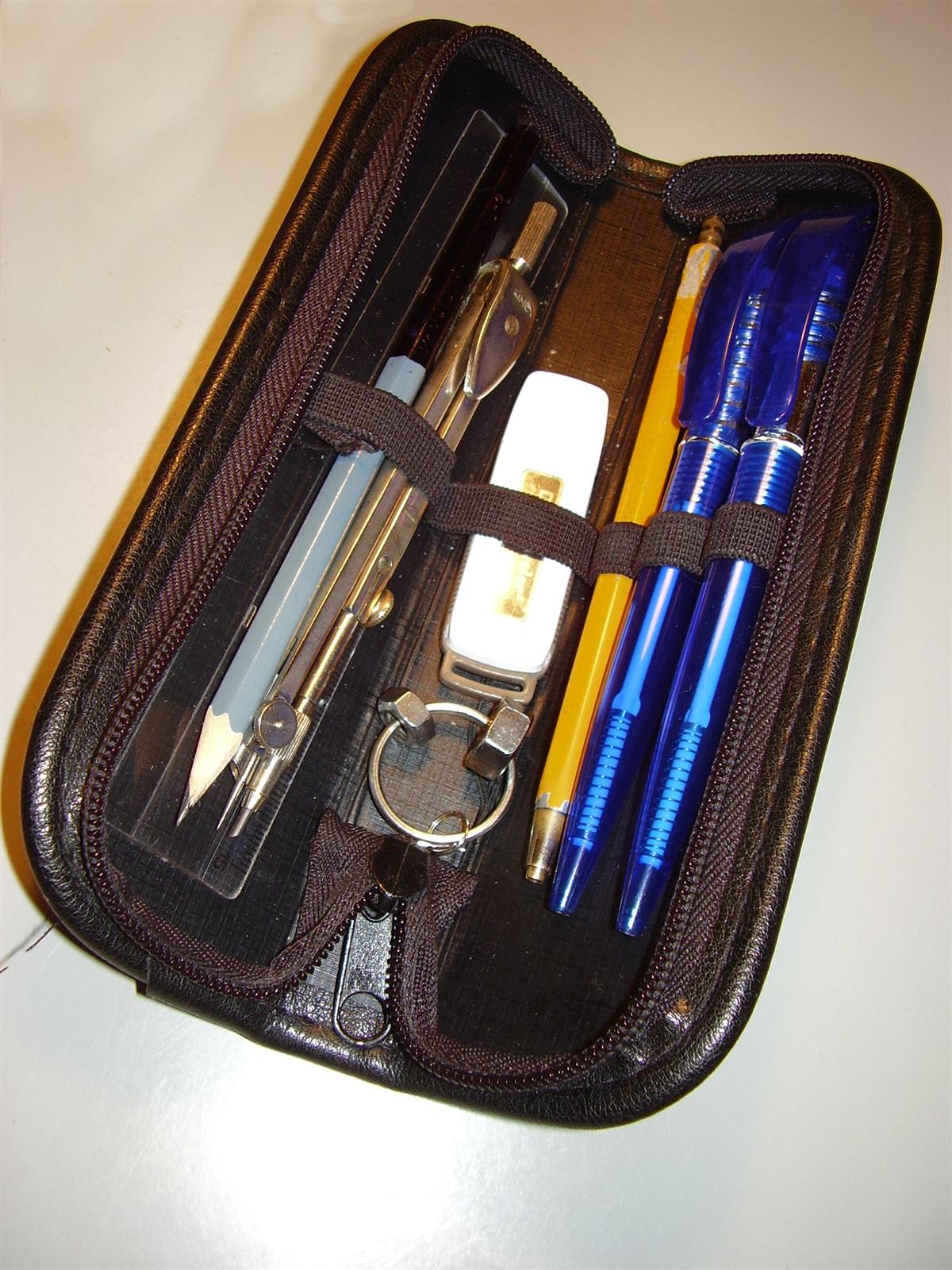
The tagline to Donald Maas’ The Fire in Fiction is “passion, purpose, and techniques TO MAKE YOUR NOVEL GREAT.”…
October 30, 2015
[author title=”Lori Stanley Roeleveld” image=”https://www.almostanauthor.com/wp-content/uploads/2015/07/Roeleveld-Headshot.jpeg”]Lori Stanley Roeleveld is a disturber of hobbits who enjoys making comfortable Christians late for…
October 30, 2015
I hope that you, as a writer, do a LOT of reading! I think there are three types of…
October 29, 2015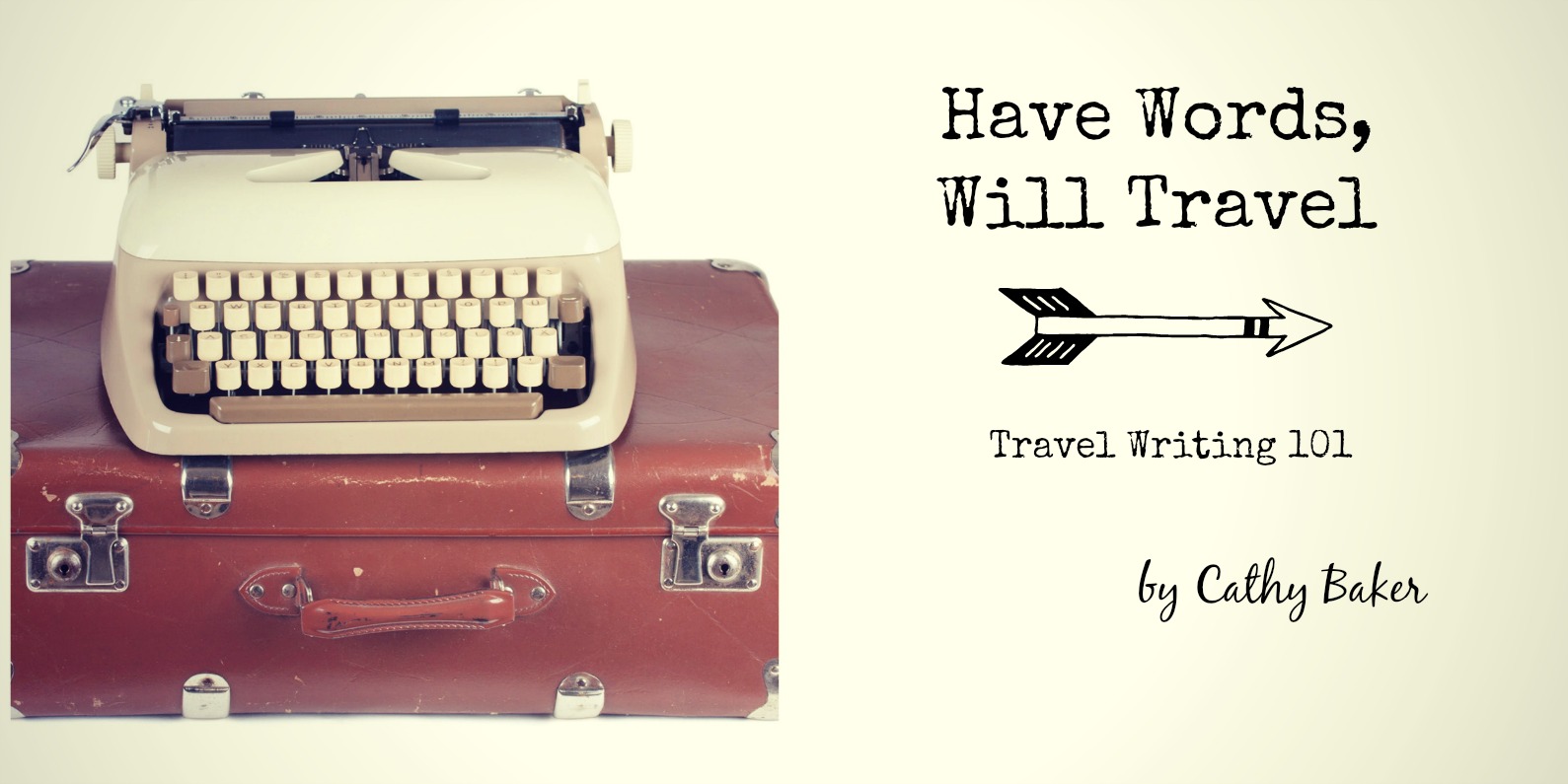
Sorry, I couldn’t resist the Halloween reference, but let’s face it, finding quality travel writing opportunities can be tricky…
October 28, 2015
“I will prepare and one day my chance will come.” – Abraham Lincoln Much of life is about preparation.…
October 27, 2015
If you read my last column, you’ll know we determined that most fictional stories contain some element of romance.…
October 27, 2015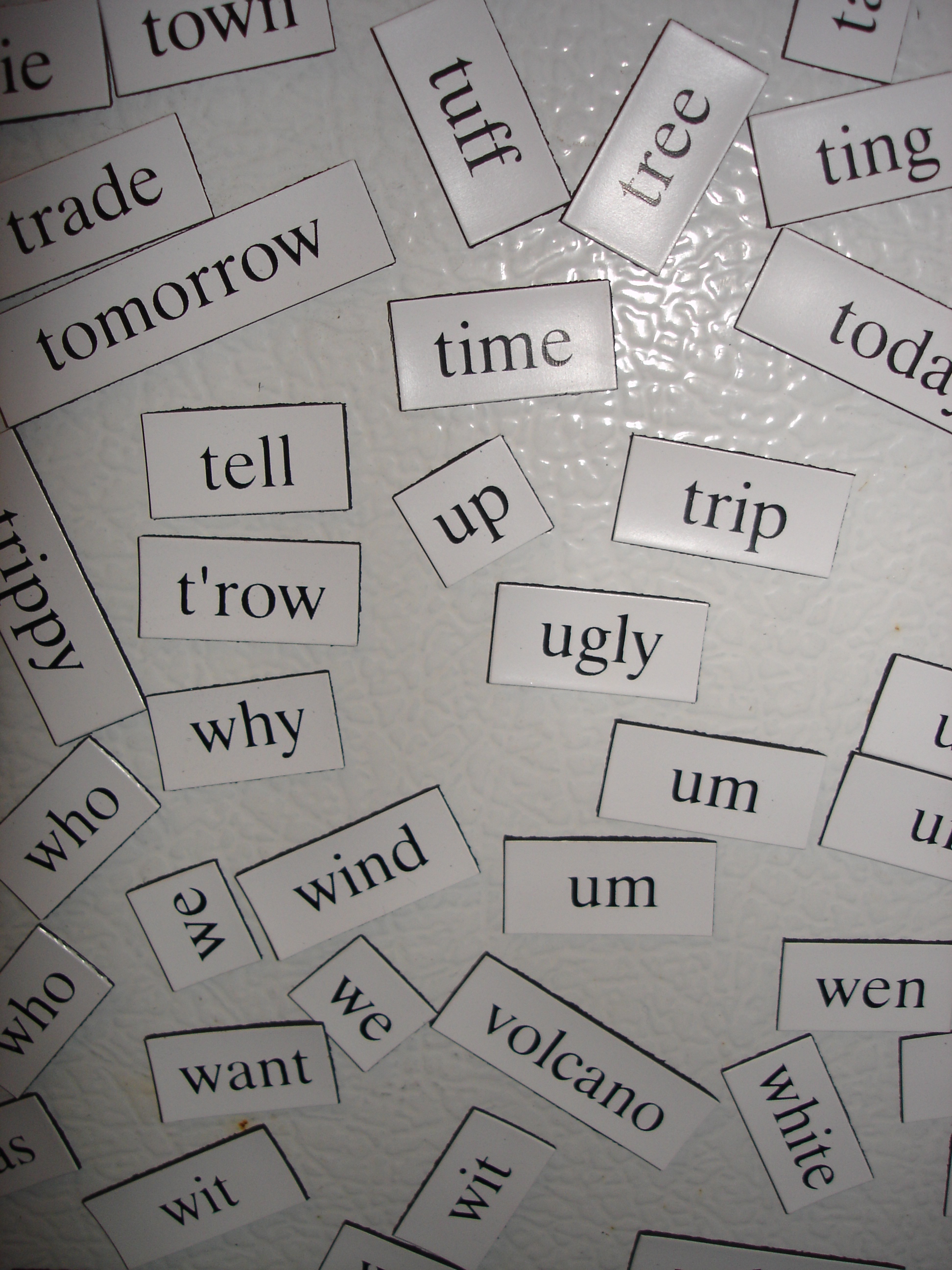
A hyphen is a type of punctuation linking words that form one idea to avoid confusion. Here are a…
October 26, 2015
I was browsing my local paper and right in the middle of the classified section I spied this teaser:…
October 25, 2015
To paraphrase that wise king Solomon, “There’s a time and place for everything.” For writers, that includes repetition, despite…
October 24, 2015
Worlds of the Complex Nature So we’ve got a great story idea, and we’ve got two great characters now…
October 23, 2015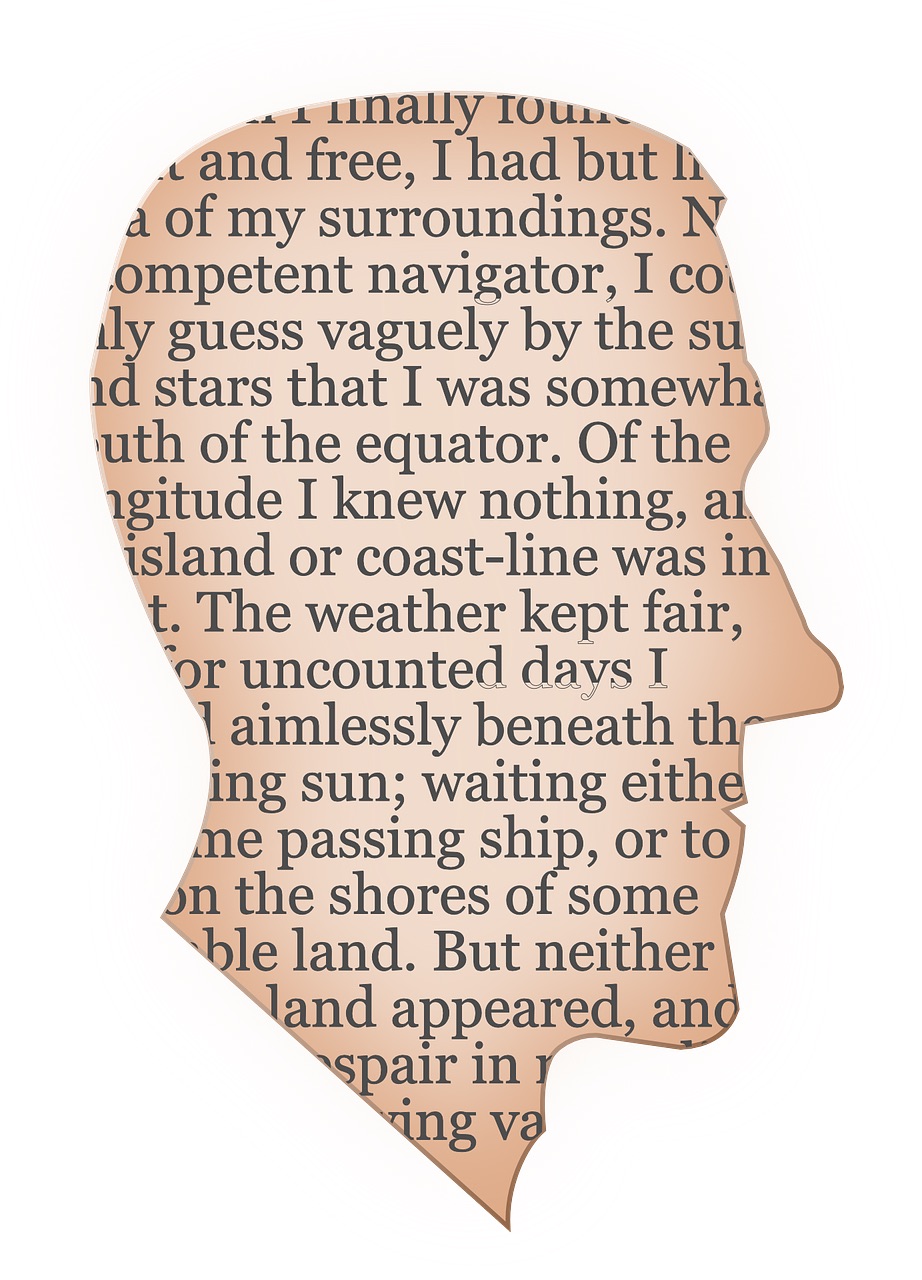
I’m not sure how he did it, but the late Michael Crichton supposedly wrote 10,000 words a day, which…
October 22, 2015
A writer’s voice is the unique personality of the writer that comes through on the written page, defining his…
October 21, 2015
I attend a small church in a rural area. We have contemporary worship and are probably more “progressive” than…
October 20, 2015
The writing-life doesn’t look like other career-fields. A lot of what we do happens when we’re home alone or…
October 19, 2015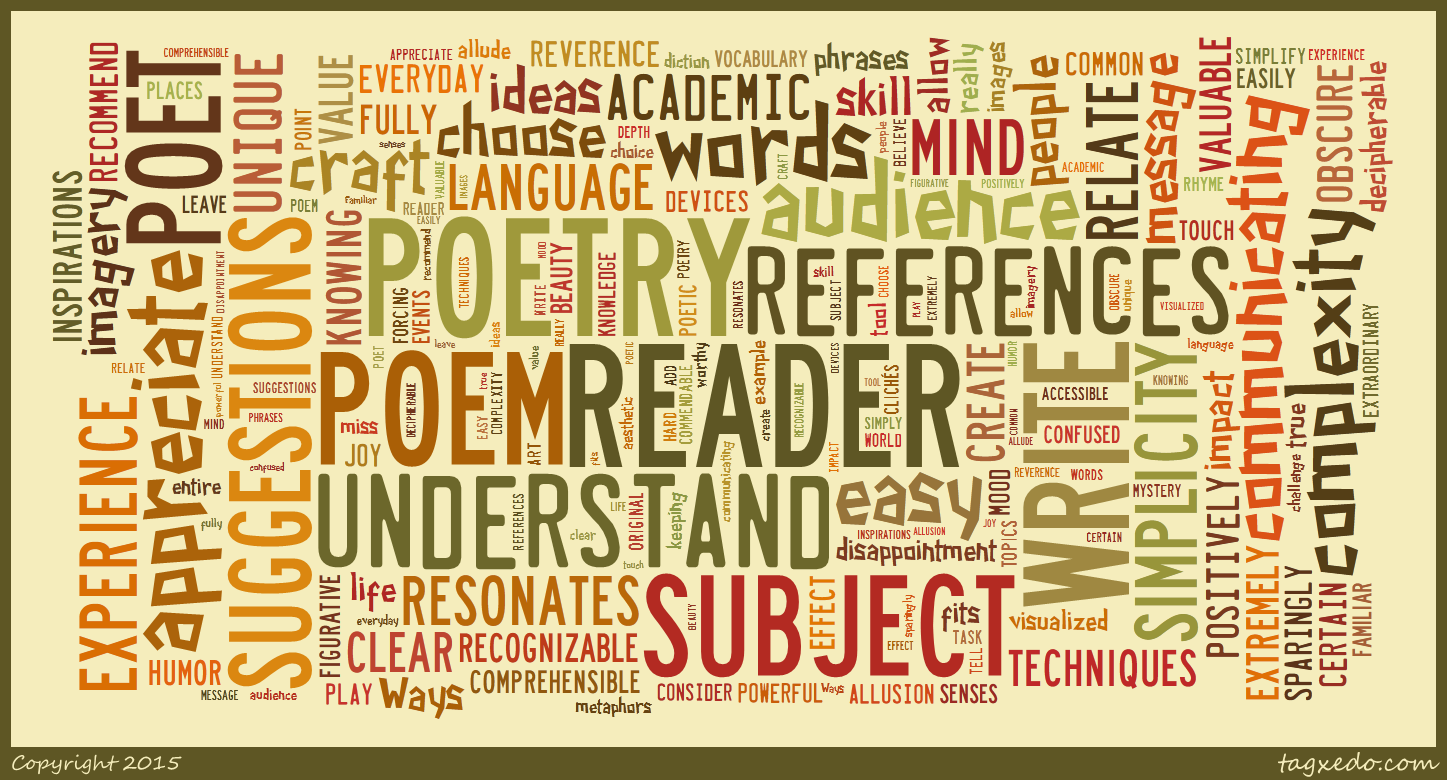
Simplicity is extremely valuable when it comes to communicating through poetry. I’ve always wanted my poems to positively impact…
October 18, 2015
I recently read a headline that jumped off the page to me: “Can a GOP So Divided by Anger…
October 17, 2015
Fictional characters are like onions; they are made of many layers. A writer must peel back the layers to…
October 16, 2015
When drafting your novel, then self-editing, go back and determine whether or not any given scene moves the story…
October 15, 2015
Every time I teach “Writing for Children” at a writers’ conference or teach a “Children’s Writing 101” class…
October 14, 2015
